
OR
Aid donors also spent more on recurrent programs
Published On: July 11, 2018 06:05 AM NPT By: Republica | @RepublicaNepal

KATHMANDU, July 11: The government in its budget speech had targeted the channeling of more foreign aid funds into capital spending and less on recurrent expenditures for the ongoing fiscal year.
But the figures for such spending as of Monday, which is only a few days from the end of the fiscal year, show that an opposite outcome has resulted. The recurrent expenditure is more than the capital spending, according to data from the Financial Comptroller General’s Office (FCGO). This trend is similar to the spending pattern for the government’s own funds.
A total of Rs 54.30 billion in foreign aid went as of Monday into recurrent spending—which mostly means regular spending. But capital or development spending was only Rs 40.21 billion.
Allocation for capital spending was Rs 133 billion, more than the recurrent spending which stands at Rs 97 billion, according to the red book.
The recurrent spending includes spending on programs and activities that encompass capacity development, foreign junkets and other programs that do not appear to have any significance in the development of the country. Critics say most of the recurrent spending is meant for influencing people in government or organizing events and activities that are held every passing year and yield nothing of importance to the taxpayer.
This trend is just the opposite of the foreign aid policy that gives high priority to spending on infrastructure development or implementing of project, which helps in capital formation.
Most UN offices including UNICEF and UNFPA, the Swiss Agency for Development and Cooperation and USAID have gone only for recurrent spending, according to FCGO.
“Most of the spending under foreign aid is for capacity development, which includes organizing foreign junkets and other events. Little work has been done for capital formation,” said a government official who was not authorized to talk to media.
“Spending under recurrent heads has seen increment because, in several cases, the programs and activities under foreign aid are designed for the vested interests of development partners and for long-term impact, and the irony is that officials of the Ministry of Finance come to learn about the effects only after the implementation,” added the source.
Chief of International Economic Cooperation and Coordination Division at the Ministry of Finance Shree Krishna Nepal argued that recurrent spending also includes some of projects for capital formation.
“All spending is as per agreements signed with development partners,” said Nepal.
You May Like This
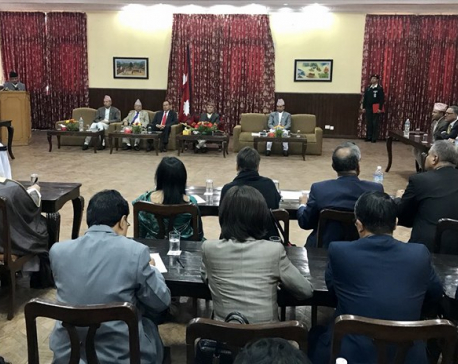
PM urges donors to align aid with Nepal’s priorities
KATHMANDU, March 28: Prime Minister K P Sharma Oli has said that all the activities of his government shall be founded... Read More...
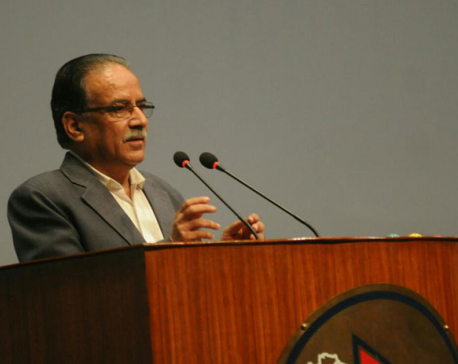
A more pragmatic Dahal's second PM innings more successful
KATHMANDU, May 25: Many had doubts about Pushpa Kamal Dahal when he assumed the office of prime minister for the second... Read More...

Boy injured in crocodile attack gets more than Rs 250,000 financial aid
RATNAGAR, April 23: More than Rs 250,000 financial aid has been collected for the treatment of a boy injured in... Read More...

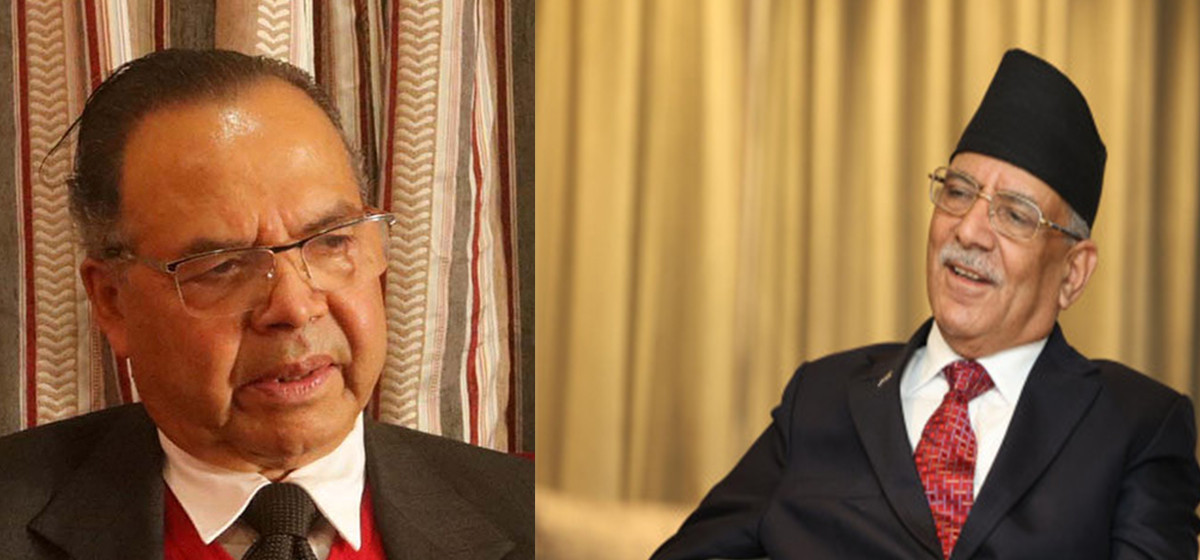

Just In
- Kathmandu once again ranked as world’s second most-polluted city
- PM Dahal and ex-PM Khanal meet
- Revised report on job specification submitted to PM
- Home ministry recommends Joshi and Dhakal for promotion to AIG
- Madhesh CM Yadav to seek vote of confidence today
- Gold price increases by Rs 1,700 per tola
- KMC warns of action against those strewing construction materials on street
- National Vitamin A campaign being organized on April 18 and 19





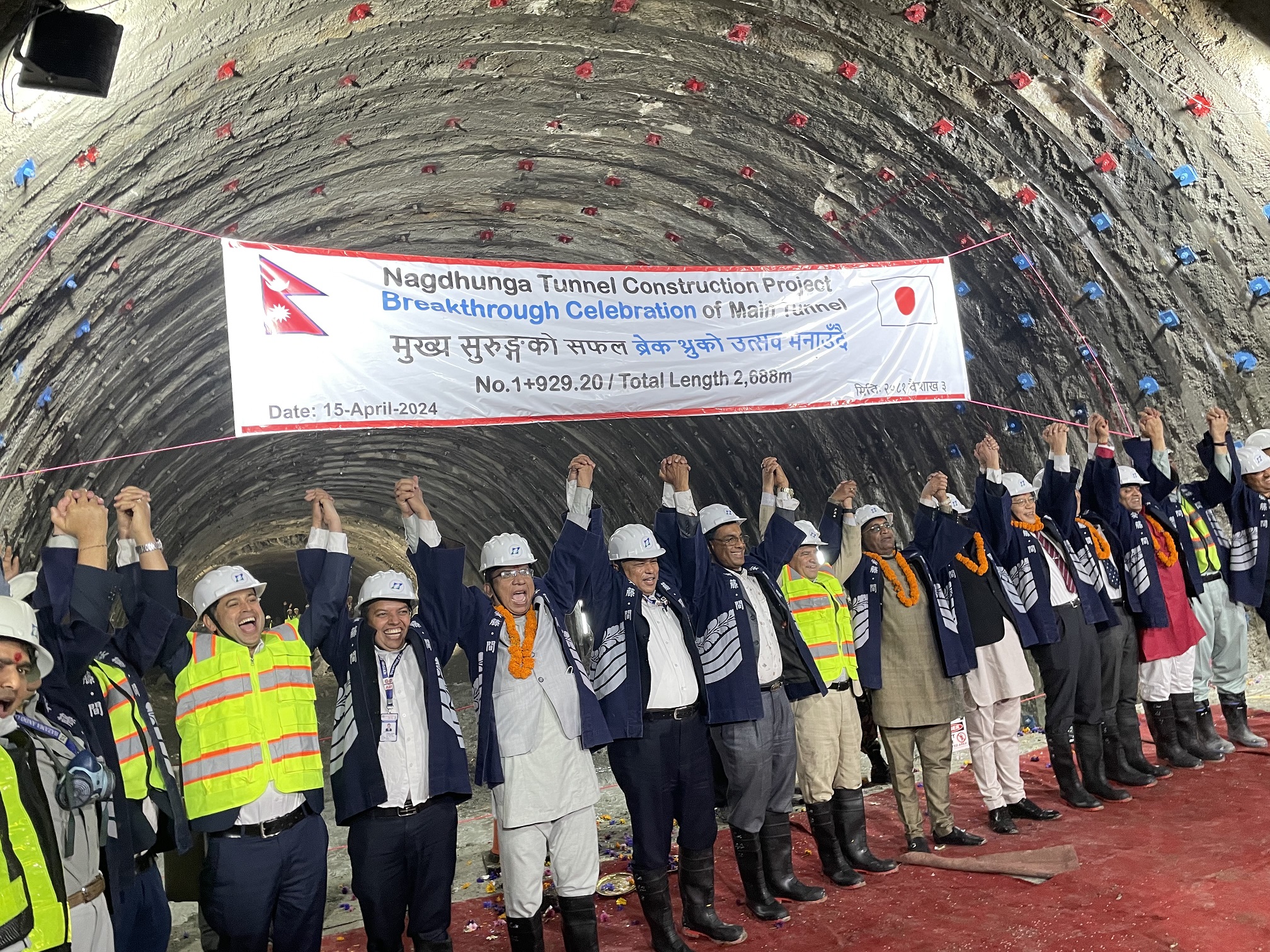
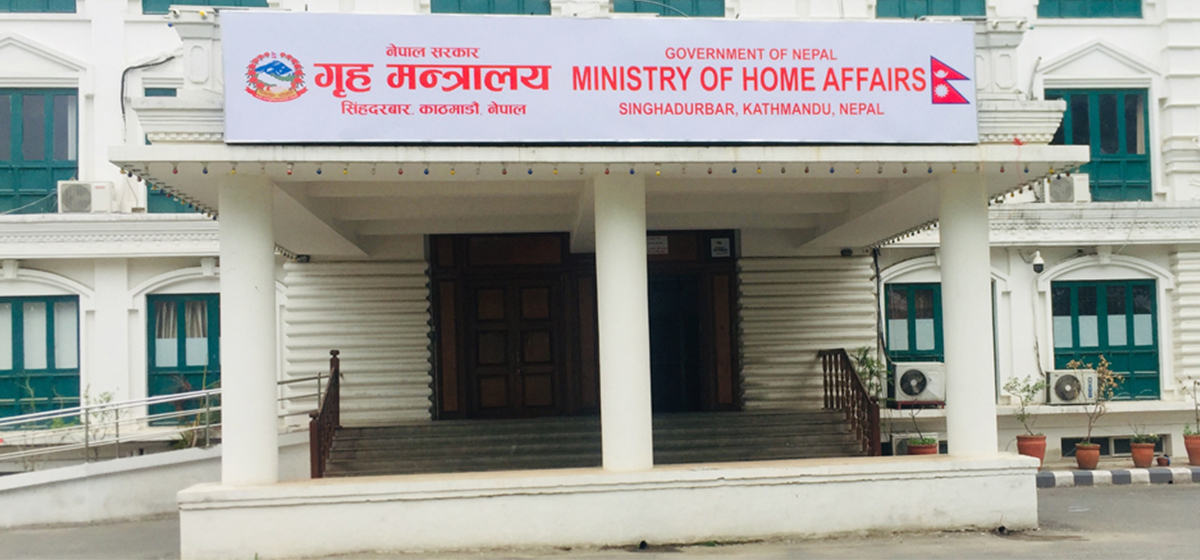




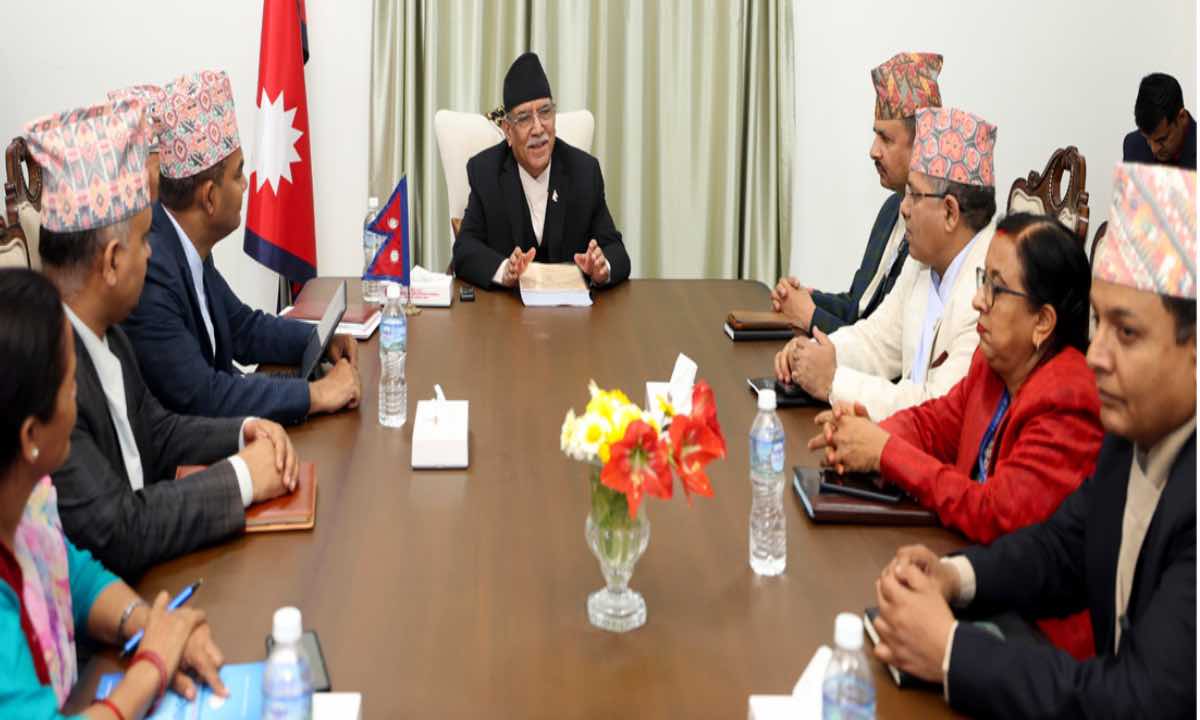

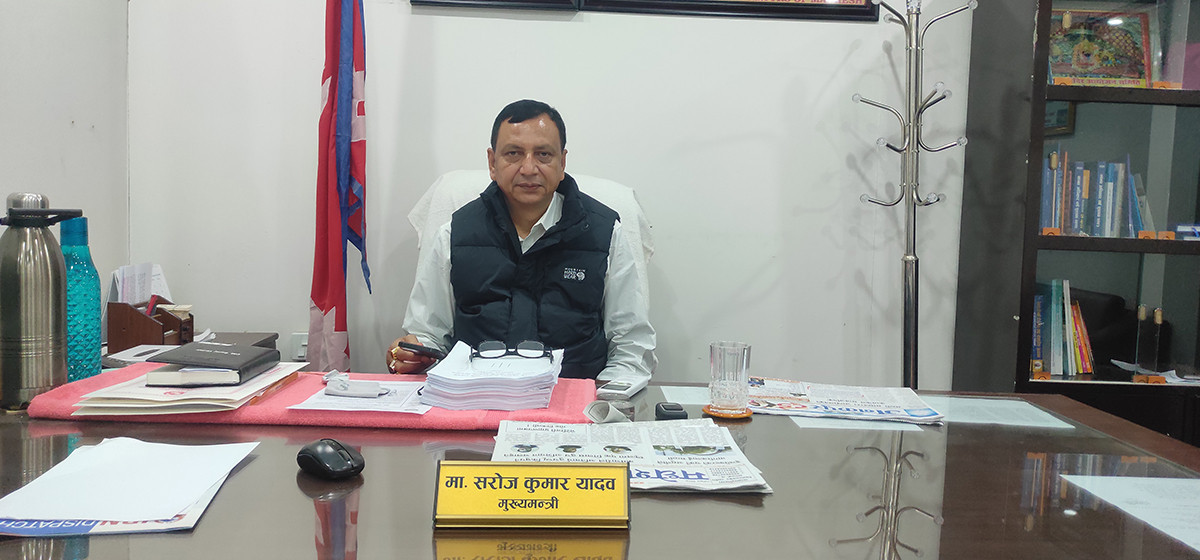


Leave A Comment